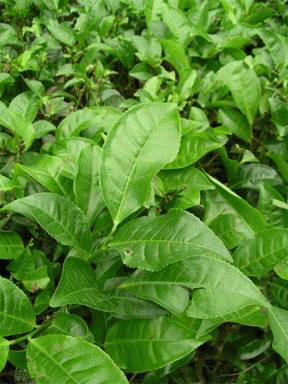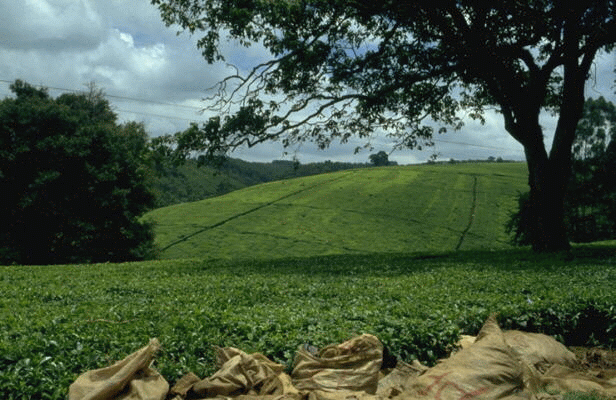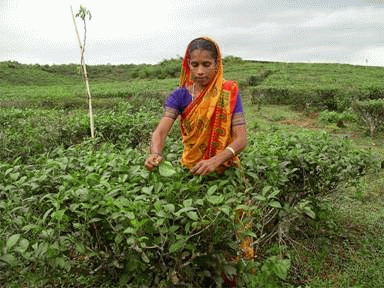|
|||||
|
|||||||
|
    An initiative of :Stichting Food-Info
|
| Food-Info.net> Products > Tea Tea cultivationPlantThe tea plant is an evergreen of the Camellia family that is native to China, Tibet and northern India . There are two main varieties of the tea plant. The small leaf variety, known as Camellia sinensis, thrives in the cool, high mountain regions of central China and Japan. The broad leaf variety, known as Camellia assamica, grows best in the moist, tropical climates found in Northeast India and the Szechuan and Yunnan provinces of China. The plant produces dark green, shiny leaves and small, white blossoms.  Tea plant (Source) There are numerous hybrids that originate from the above two species, which have been developed to suit different conditions According to an old Chinese saying, "superior tea comes from high mountains". The altitude and mountain mists help shield against too much sunlight and provide the proper temperature and humidity to allow the leaves to develop slowly and remain tender. As with wine, the quality and taste of a particular tea is influenced by both the environment (soil, climate, and altitude) and the tea maker (who decides when and how the leaf is plucked and how it is processed).  Tea plantation in Kenya (Source) CultivationT ea grows mainly between the tropic of Cancer and Capricorn, requiring up to 1000-1250mm of rain per year, as well as a temperature ideally between 10 to 30 °C. It will grow from sea level up to 2400 metres.  Tea harvesting (Source) A tea bush may happily produce good tea for 50 – 70 years, but after 50 years the plants yield will reduce. At this time the older bushes will be considered for replacement by younger plants grown on the estates nursery. HarvestP lucking rounds depend on climate; new growth can be plucked at 7 - 12 day intervals during the growing season. Tea harvesting is exhaustive and labour intensive (between two and three thousand tea leaves are needed to produce just a kilo of unprocessed tea) and is a procedure of considerable skill.  Tea growing regions (Source) More information on tea :
|
|
| ||
| Food-Info.net is an initiative of Stichting Food-Info, The Netherlands | ||||||